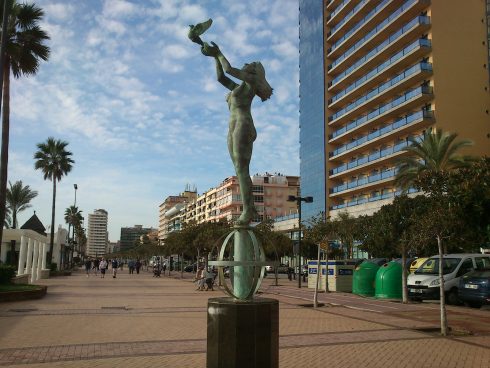POLICE have arrested 11 people in Malaga, Barcelona, Alicante, Granada and Almeria for a €3million scam that passed off gardenia extract as saffron, making 800% profits along the way.
In total three companies are being investigated for importing the cheap extract from China, where it is used as a dye.
The criminals realised that scientific tests used to detect fake saffron relied on identifying a single type of molecule that was the only one identifiable in gardenia that is not present in saffron.

So they developed a process to remove that one molecule before selling the relatively cheap extract as pricy saffron.
Gardena can be harvested intensively using machines, whereas saffron – which is made from the stamens of a type of crocus – have to be painstakingly hand-picked. This means the costs of harvesting are about 10 times higher for saffron.
Gardenia is not considered a foodstuff in Spain, so the extract was imported with no health checks made.
In Spain, saffron was introduced by the Arabs between the 8th and 10th centuries. It is a high-value crop, with production centred mainly on the Castilian-La Mancha plateau. The spice grown in Spain is considered to be of particularly high quality.
In the police operation more than 2,000 kg of fake saffron valued at more than €750,000 were seized and withdrawn from the market.
Police estimate that €3 million in profits were made by the gang.
READ MORE:
- It’s the season for saffron
- Fake Iberian hams with €1 million retail price are seized during meat firm raids in Spain
- Ten of the most desirable (and expensive) delicacies produced in Spain
Click here to read more Crime & Law News from The Olive Press.








